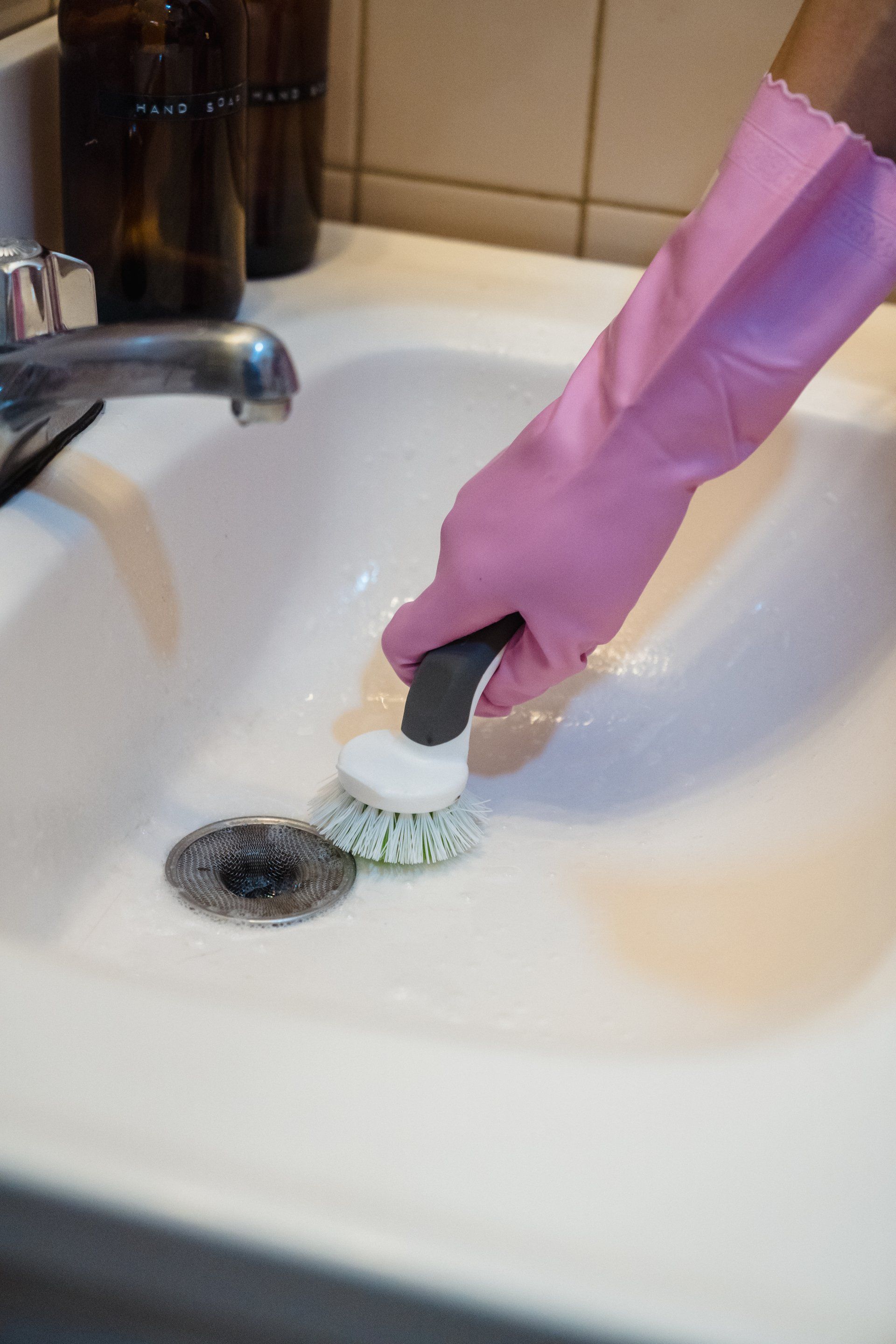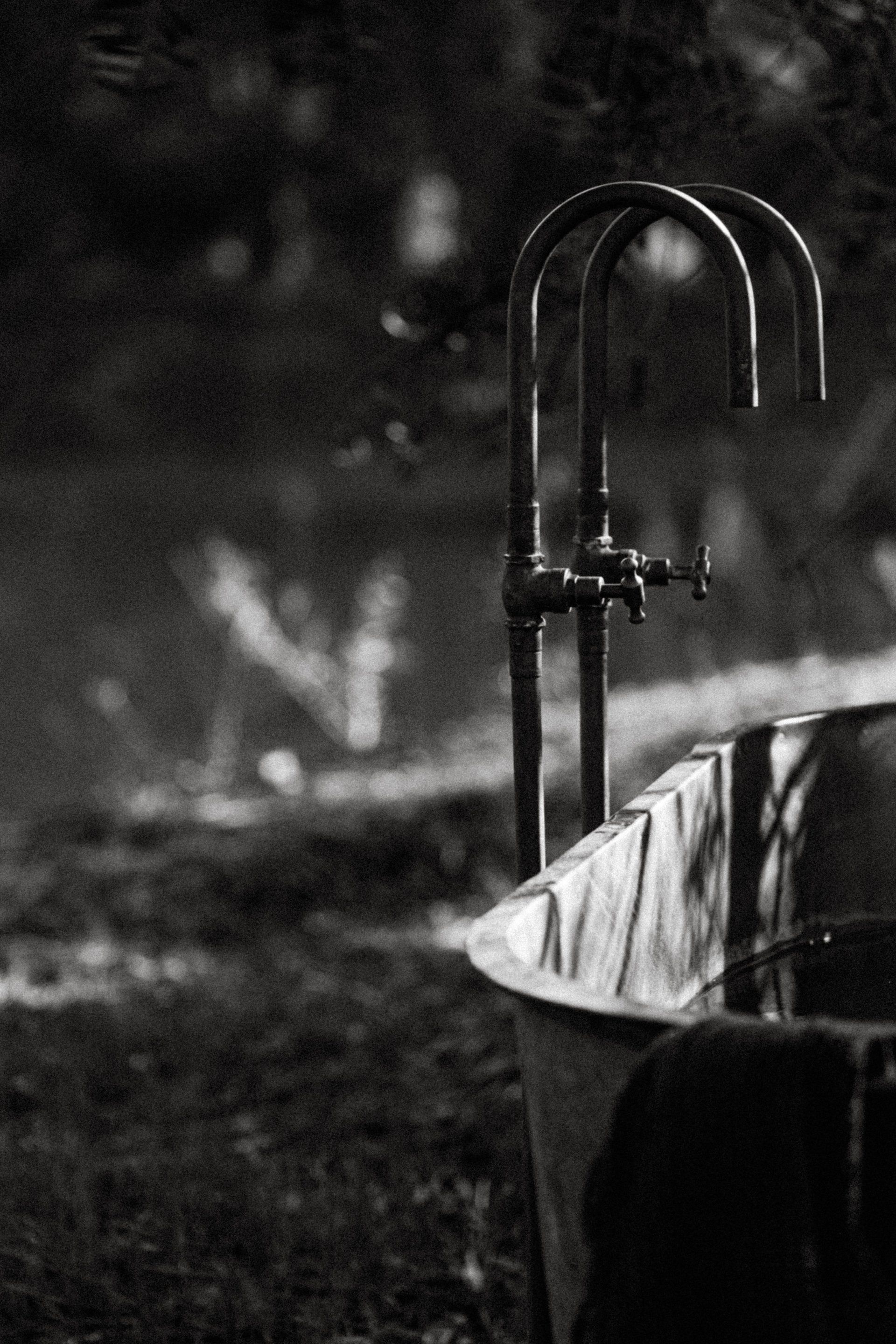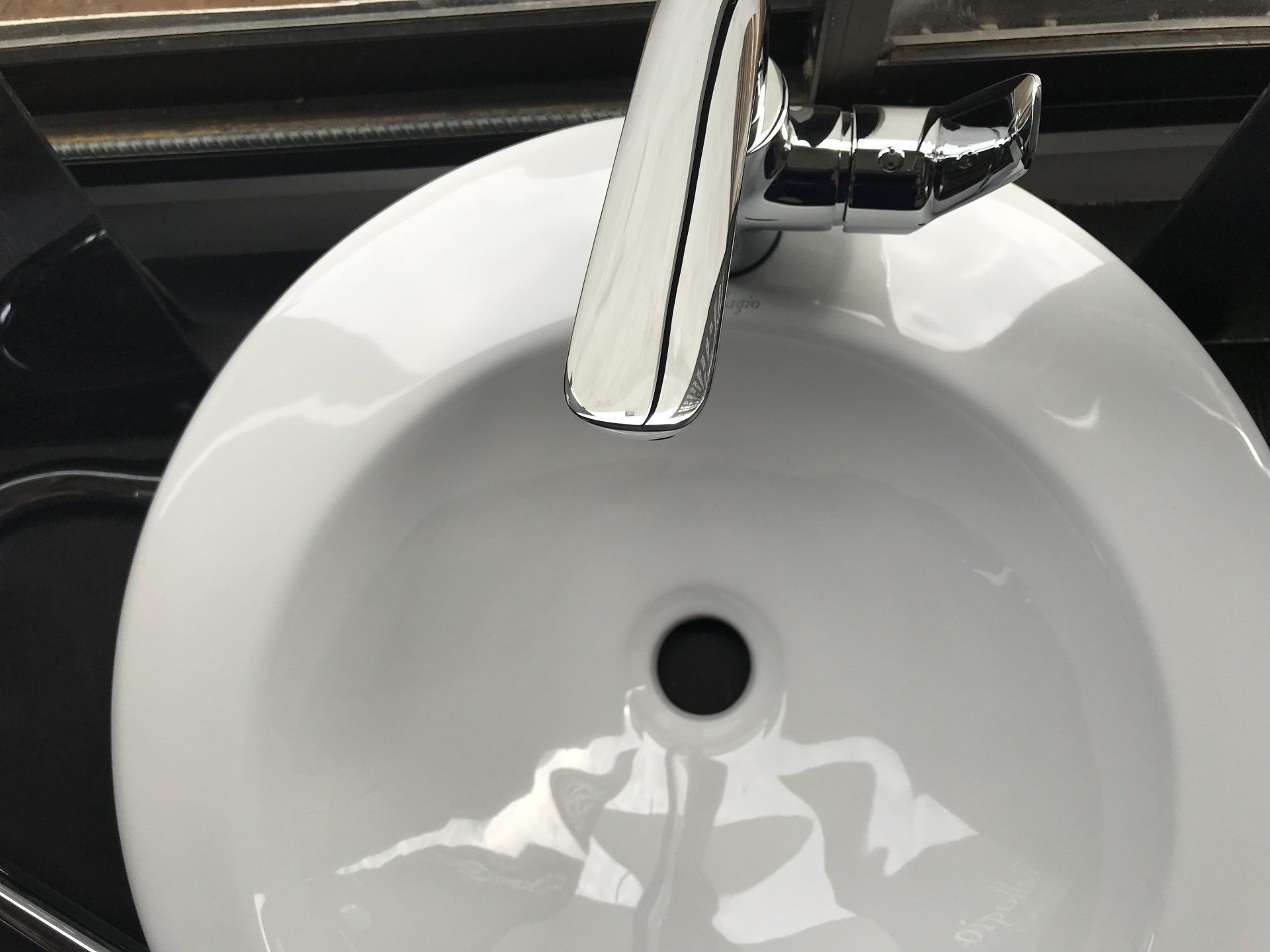The pros and cons of a septic tanks system
The pros and cons of a septic tanks system
Indoor plumbing is one of man's greatest achievements. However, many people don't think about how to deal with all the waste water they create in their homes.
There are two designs that are very different. It's not uncommon for municipal sewer lines connecting multiple homes to transport water to a treatment facility. In rural areas, however, each house has its own septic tank.
Many households are not able to choose between septic tanks and sewer lines. However, it's important to be aware of the advantages and disadvantages of each system. You will be surprised to learn that a septic system has many benefits.
How does a sewer tank work?
The septic tanks are usually constructed of concrete, steel, or fiberglass. The tank is located underground and away from your home, usually at the back or side. Underground pipes lead water to the septic tanks, which are used for flushing toilets or sinks. Water is separated from waste by the pipes. The water is released into the surrounding soil while the waste is kept until it can be pumped out.
Living with a sewer system
If your home has a septic system, it is important to monitor how much water you are using in order to not overwhelm the system. It doesn't matter if you see this as a good or bad thing, but homeowners have the incentive to be more efficient with water and more responsible with drains by not dumping any non-food items that could create a backup.
Pros of a Septic Tank
- It is more cost-efficient - Sewer lines that are extensive and costly to install and maintain can be quite expensive. Septic tanks are cheaper to install and don't require monthly maintenance.
- Durability – A properly maintained septic tank will rarely need to be replaced.
- Septic tanks are not harmful to the environment - They eliminate bacteria before the water is released into the soil. Additionally, nearby plants absorb the water.
Cons of a Septic Tank
- Requires periodic maintenance - Tank needs to be pumped every 3 to 5 years. The homeowner will pay the cost of this maintenance, which can run between $200 and $400.
- Drain backups - A host of materials can clog the septic lines (many of which should not be flushed down the drain). Slow sink draining and slow-flushing toilets can be signs of a backup. If you see these signs, call a plumber to check the septic system.
- Potentially burst pipes - You could end up with a lot of mess if your drainage pipe to your septic tanks bursts due to tree roots, a vehicle overturning it, an accident while digging, an earthquake, or other reasons. The soil will begin to become soggy from the excess water. This can lead to a foul-smelling odor. It's important to replace the leaking pipe as soon as possible.
A septic tank offers many advantages. If homeowners are careful about their tank's maintenance and mindful of how much they use, a septic system will provide years of reliable, low-cost waste management.
Get a
FREE Quote
You might also like



